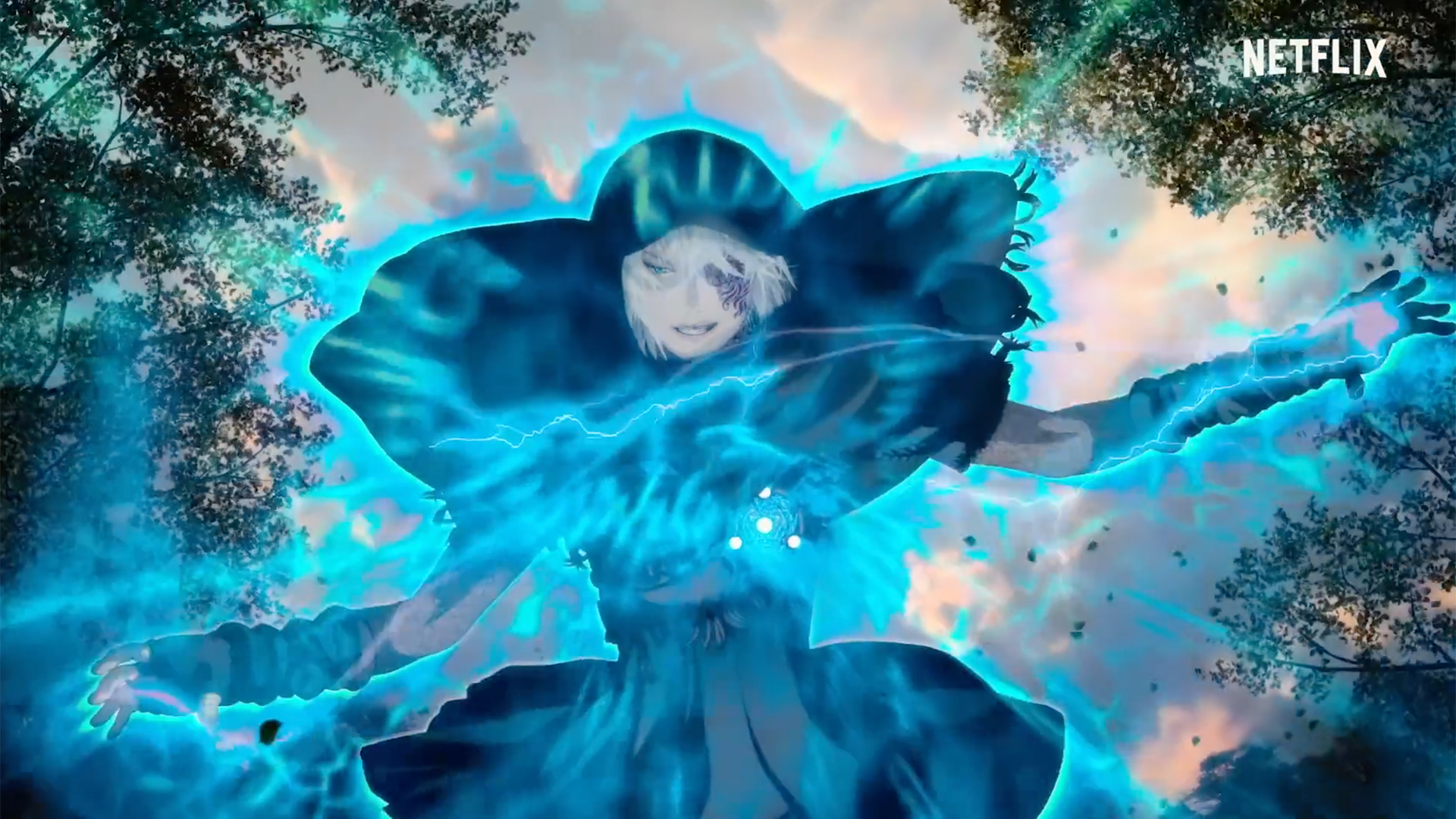
The streaming service brings 4K and HDR to the classic Japanese artform in the latest example of its prototyping production techniques.

Netflix's concept anime film, Sol Levante. Image: Netflix.
One of Netflix goals is to make the streaming experience look and sound better and it is in interests to push the industry in this direction. That’s why it drops occasional experimental pieces of content it has co-created onto the site and serves up reference material as an open source for anyone else to play around with them and take development forward.
Among them is live action test piece, Nocturne shot at 120fps, a frame rate high enough and with “spatially complex scenes” to challenge codecs on both the encoding and decoding sides. This piece was also mastered in Dolby Vision and Atmos.
Sparks is a 3-minute sequence of the sparks from a welder against bright skies shot on a Sony PMW-F55 in 4K at 60fps and finished at 4000 nits using the ACES colour pipe. From an encoding perspective, Sparks was deemed “highly representative” of some of the most difficult titles to encode in the Netflix library. The high spatial frequency and fast motion content in Sparks gives it a complexity that is on par with some of our grainiest titles shot on film, such as Breaking Bad, The Meyerowitz Stories and Lawrence of Arabia. Where a spatially simplistic animation like BoJack Horseman required only 1,673 kbps to an HD H.264 encode of Sparks required a bitrate of 12568 kbps to achieve a comparable quality.
The streamer has also remastering titles like Knights of Sidonia, Flavours of Youth and Godzilla from SDR to HDR over the last few years. Recently, working with Tokyo’s Production I.G (known for projects like Ghost in the Shell and the anime portion of Kill Bill) it set out to create the first 4K HDR Atmos anime short and discover what would need to create anime with HDR in mind from conception?
The result is Sol Levante, an experimental 3-minute short directed by the aptly named Akira Saitoh.
Why was the experiment necessary?
To recognize why this experiment was necessary, it’s important to understand the reality of creating anime in Japan.
While ‘3D CG’ anime is becoming more popular — shows like Saint Seiya and Ultraman that are generated entirely on computers by 3D artists — most anime titles are still hand drawn. Some artists simply prefer the feel of a piece of paper, or haven’t had the time and money to invest in the equipment needed to even try digital, such as a new computer. The pipeline that follows after the drawing phase is already digital, but it requires major equipment upgrades to support a larger resolution.
Anime for broadcast is usually created at 1280x720, or “Half HD”. Only some high-end shows are in full 1080 HD. To move to 4K, digital becomes a necessity because when hand drawings are completed, they’re scanned. But if the typically-sized piece of paper is scanned at a higher dots per inch, unwanted detail is blown up in the pencil lines. Therefore, a bigger piece of paper is required to increase the resolution with pencil-drawn anime.
In addition, you might be surprised to read that Japanese broadcasters set the colour temperature at 9300K, much bluer than the 6500K that dominates as a standard elsewhere in the world. Colour management, a process that helps to achieve predictable and consistent colour at each stage of production and post — is also rare in anime workflows. HDR is non-existent.
Right away, the team realised some anime techniques they had relied upon for years wouldn’t work with the additional brightness and colour gamut. For example, the fade to 100% white as a storytelling technique. The white was found to be far too overpowering in HDR, so they chose to add a white layer on top of the existing colour instead.
“We can’t ignore the fact that for anime, the tools and equipment are still not prepared for a 4K workflow without a major overhaul,” Netflix found. “For HDR, the biggest hurdle that remains - across the industry - is the lack of affordable HDR monitors. After all, even with an HDR colour picker, you need the monitor to see what colour you are picking. Once they become more plentiful, it’s only a matter of time before HDR is common in anime.”
Netflix has released the raw materials used in Sol Levante for anyone to download and experiment with. You can also view the short on Netflix anytime you like.
Tags: Technology Production


Comments